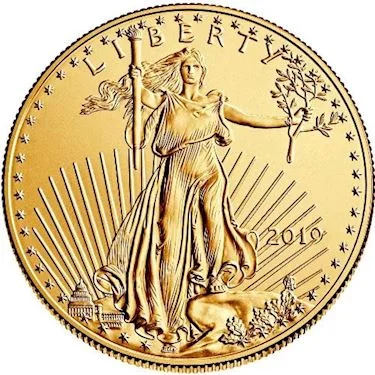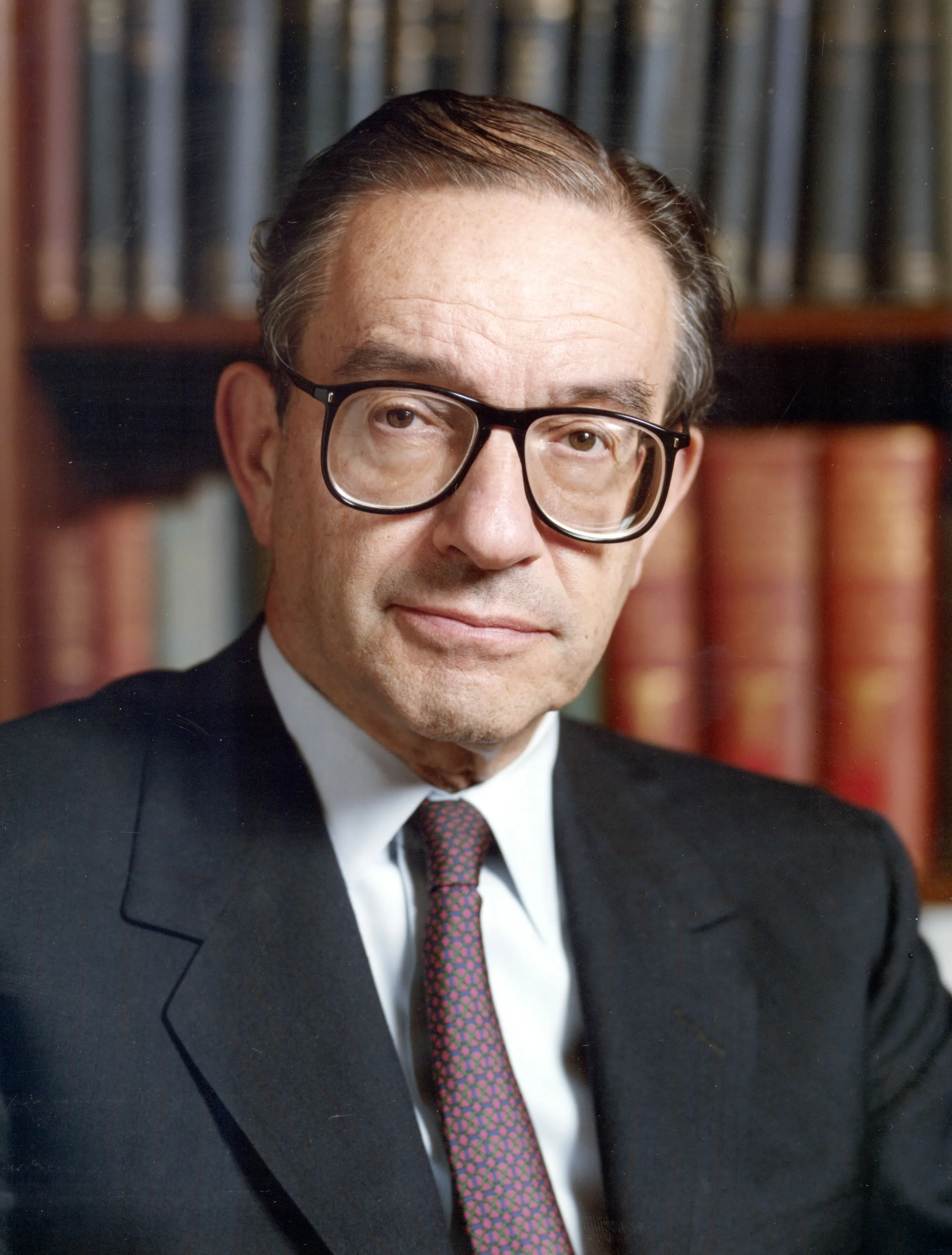The Commodity Theory of Money
The Commodity Theory of Money
Unless one produces everything that one consumes, one must acquire from others what one desires. This can be done as a gift, through theft, or through trade.
Barter is the direct trade of goods or services without the use of money. For example, someone with eggs would go to a market with the desire to buy shoes from a cobbler. The cobbler may not want eggs and so there would be no trade.
Money emerged as the most common medium of exchange to solve the problem with barter. People found that a commodity that was widely accepted across different markets was useful to facilitate trade. The most commonly traded commodities became money, e.g. tobacco, salt, copper, silver, and gold. The word, salary comes from the Latin word for salt, “sal,” or “salis.”
The reason that gold and silver were commonly traded was because of their unique characteristics: durability, divisibility, scarcity/portability, familiarity, utility.
1. Durability: Since they are elements, there is no more basic atomic structure for them to revert. They can survive house fires and will always exist, even if buried in the ground for millennia, and are hard yet malleable.
2. Divisibility: they can be melted down or separated and traded by weight without losing value. 10 grams in a coin is worth as much as 10 coins of 1 gram and can be melted together or separated without being destroyed. Paper money is not worth half as much if cut in half; it is worthless.
3. Scarcity/Portability: Since gold and silver are relatively rare, they have a high exchange rate in small weights compared with other commodities, and thus can be carried across distances with ease for use in large purchases. This is useful in trade.
4. Familiarity: They are recognized across the world in every culture.
5. Utility: They are used as jewelry and in electronics. Silver is the most conductive metal. Gold is the third most (after copper) but it does not tarnish, unlike silver, and is more malleable. Silver is used in medicine as it is anti-microbial.
For most of human history, gold and silver have been recognized as valuable. Genesis 2:10-12 states,
“The garden was watered by a river; it came out from Eden, and went on to divide into four branches. One is called Phison; it is the river which surrounds all the country of Hevilath, a gold-producing country; no gold is better; bdellium is found there too, and the onyx-stone.”
Indeed, only in recent times have gold and silver not been commonly used as money (1971-2019). From 1944 until 1971, the Federal Reserve Note, commonly referred to as the US Dollar, was backed by gold. US coins were made of silver until 1965. Before that, the British Pound Sterling (sterling silver) was the world’s reserve currency as much trade was conducted in their commonwealth and empire until they were bankrupted by the World Wars.
Gold and silver are useful in jewelry, electronics, and medicine. They are also useful as money.

